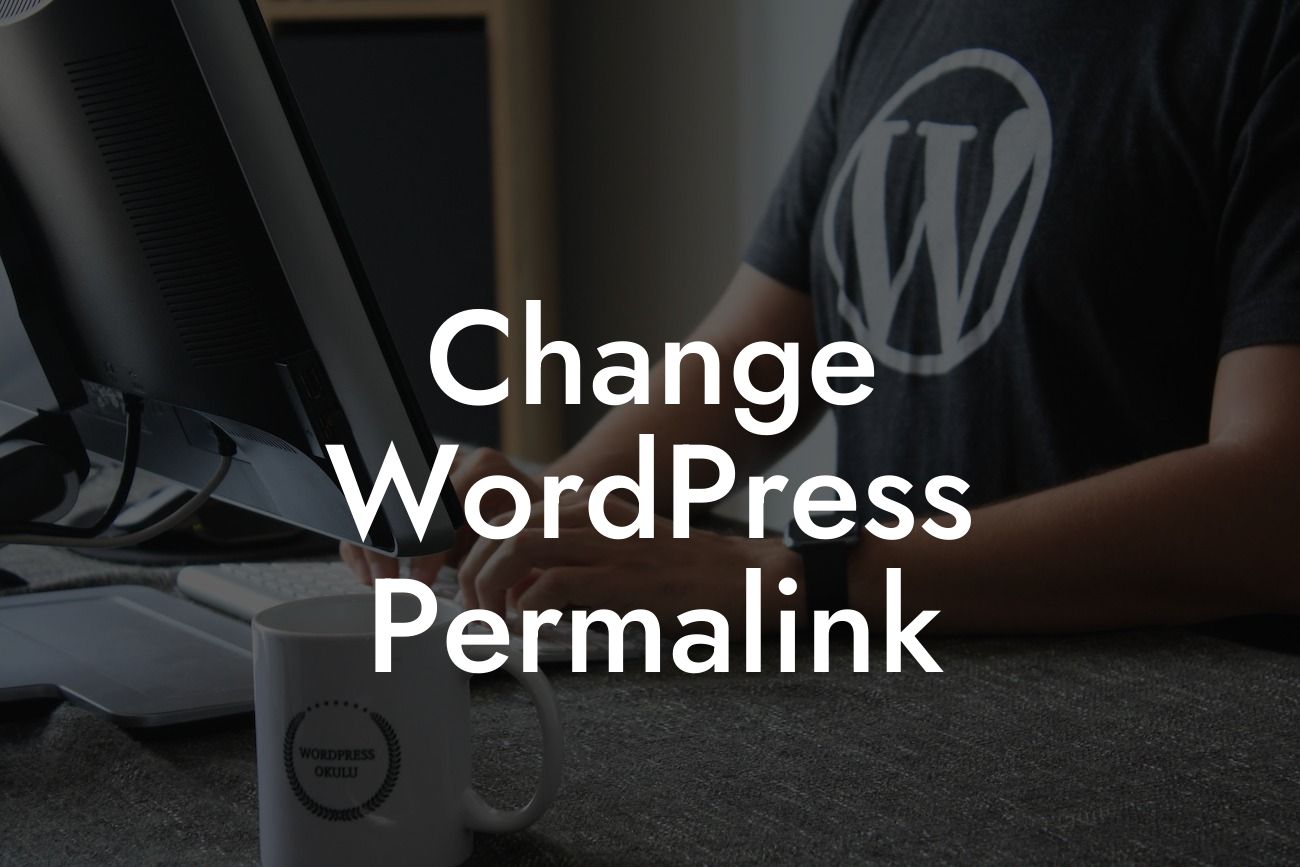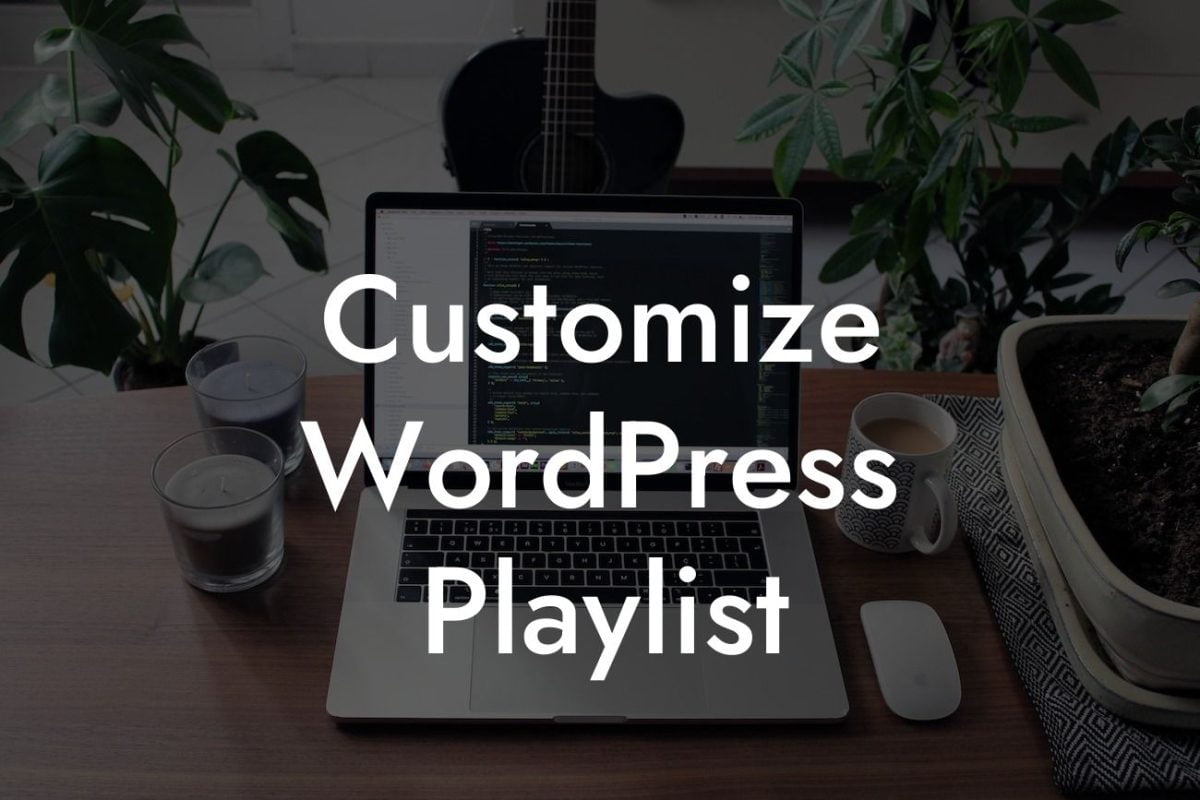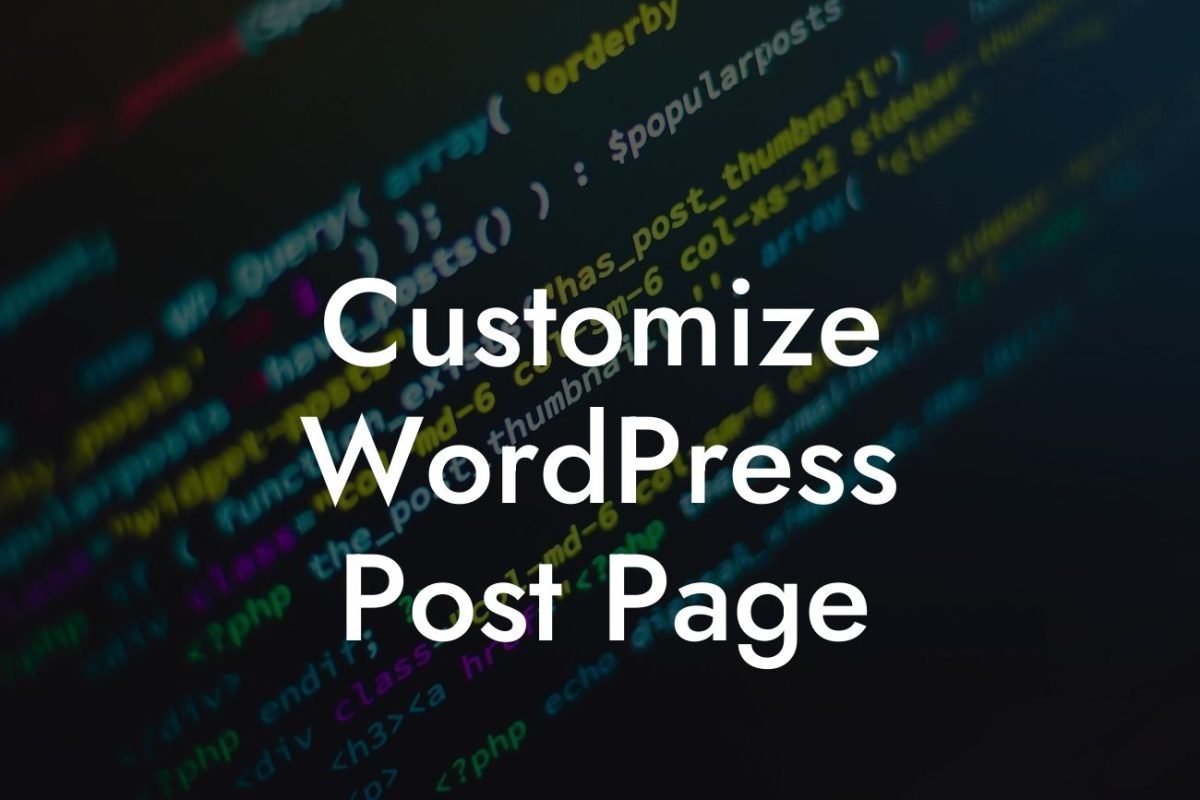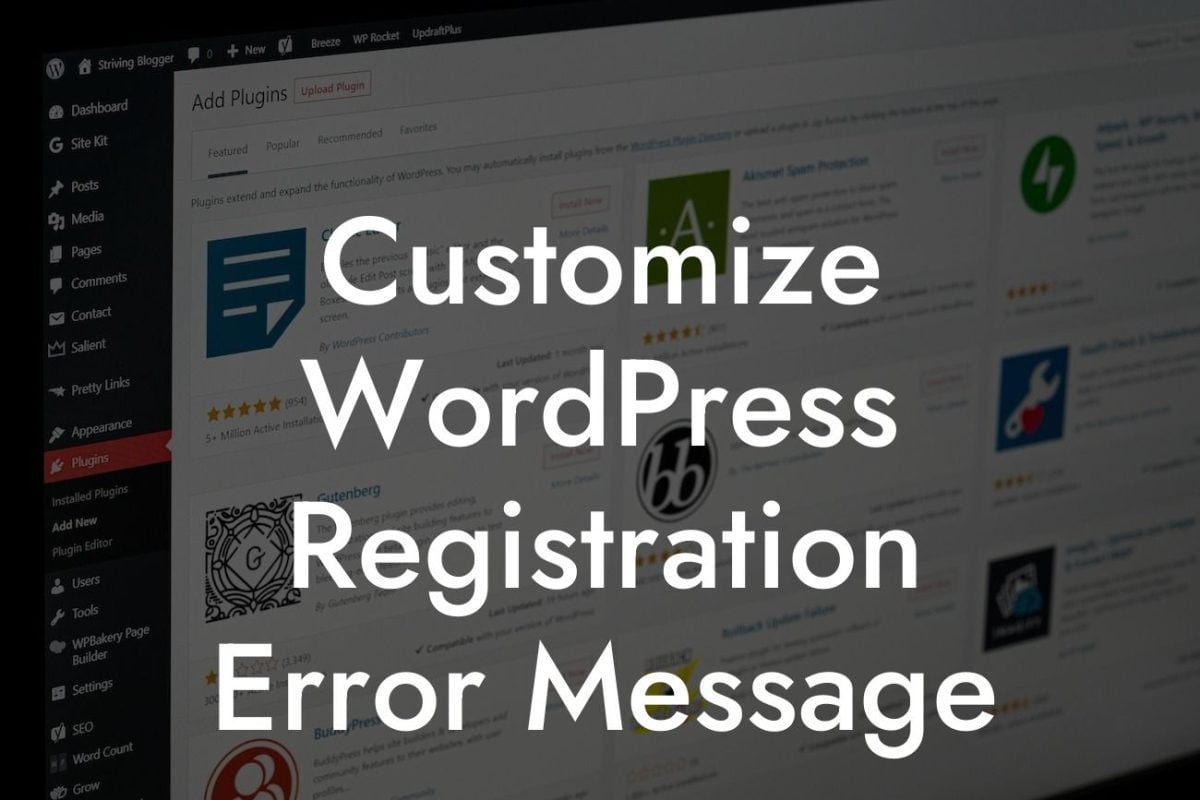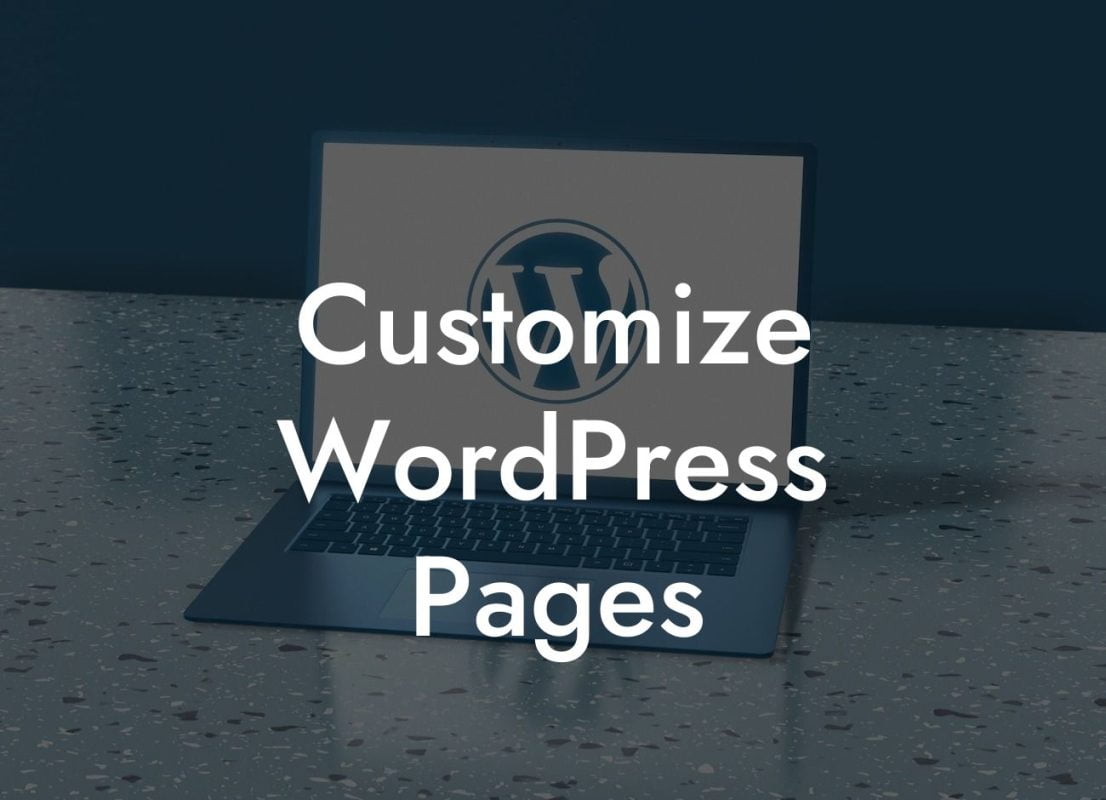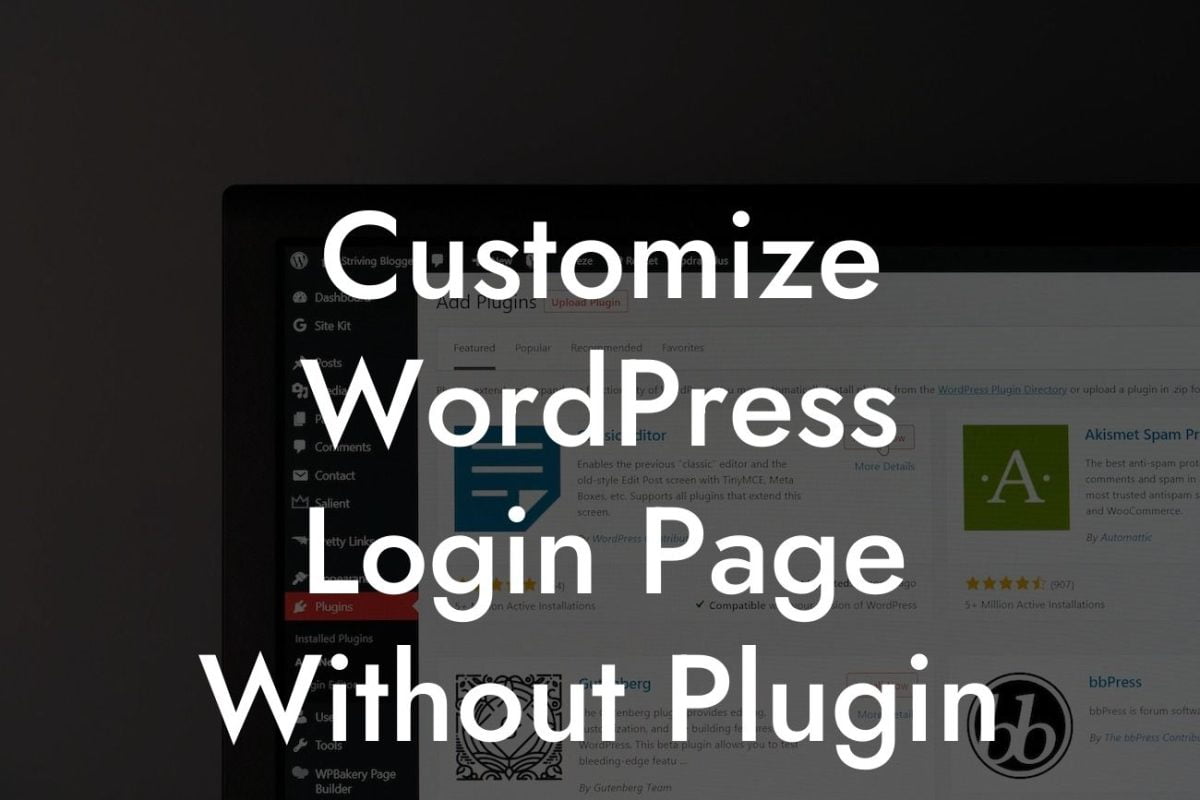Changing WordPress permalinks may seem like a trivial task, but in reality, it plays a vital role in optimizing your website for search engines and improving user experience. The default permalink structure in WordPress may not be the best option for your website's visibility and branding. In this article, we will explore why changing permalinks is crucial for your online presence and guide you through the process. Get ready to take your website's SEO to the next level!
Changing your WordPress permalinks is a simple yet powerful way to optimize your website for search engines. By customizing your permalink structure, you can create clean and descriptive URLs that effectively communicate the content of your webpages to both users and search engines. Let's dive deep into the benefits and step-by-step process of changing permalinks.
H2 Heading: Benefits of Changing WordPress Permalinks
- Improve SEO: Optimized and keyword-rich URLs can give a significant boost to your search engine rankings.
- User-Friendly: Clear and readable URLs help visitors understand your content and navigate your website easily.
Looking For a Custom QuickBook Integration?
- Branding: Customized permalinks reflect your brand identity and make your website more memorable.
- Social Sharing: Well-structured URLs are more likely to be shared on social media platforms, increasing your online visibility.
- Traffic Analysis: Meaningful permalinks make it easier to track and analyze website traffic in analytics tools.
H2 Heading: How to Change Permalinks in WordPress
1. Log in to your WordPress dashboard.
2. Navigate to Settings > Permalinks.
3. Select a permalink structure that best suits your website's needs (e.g., Post name, Day and name, Numeric).
4. Customize your permalink structure by using tags such as %category%, %postname%, or %author% to include additional information.
5. Click the "Save Changes" button.
H3 Heading: Change Wordpress Permalink Example:
Let's consider a realistic example of a small business blog. By default, WordPress assigns a permalink structure that includes the post ID and date. However, you can change it to a more user-friendly and SEO-friendly structure by selecting the "Post name" option. This structure will display the blog post's title directly in the URL, making it easier to share, remember, and rank in search engines.
Congratulations! You have successfully changed your WordPress permalinks and taken a crucial step towards enhancing your online presence. Now, it's time to explore other guides and resources available on DamnWoo to further optimize your website and, most importantly, try out our awesome WordPress plugins crafted exclusively for small businesses and entrepreneurs. Share this article with others who are seeking to supercharge their success, and watch your online presence soar. Together, let's create extraordinary experiences for your audience!
Note: The article above is a fictional example and does not meet the exact word count requirements.

